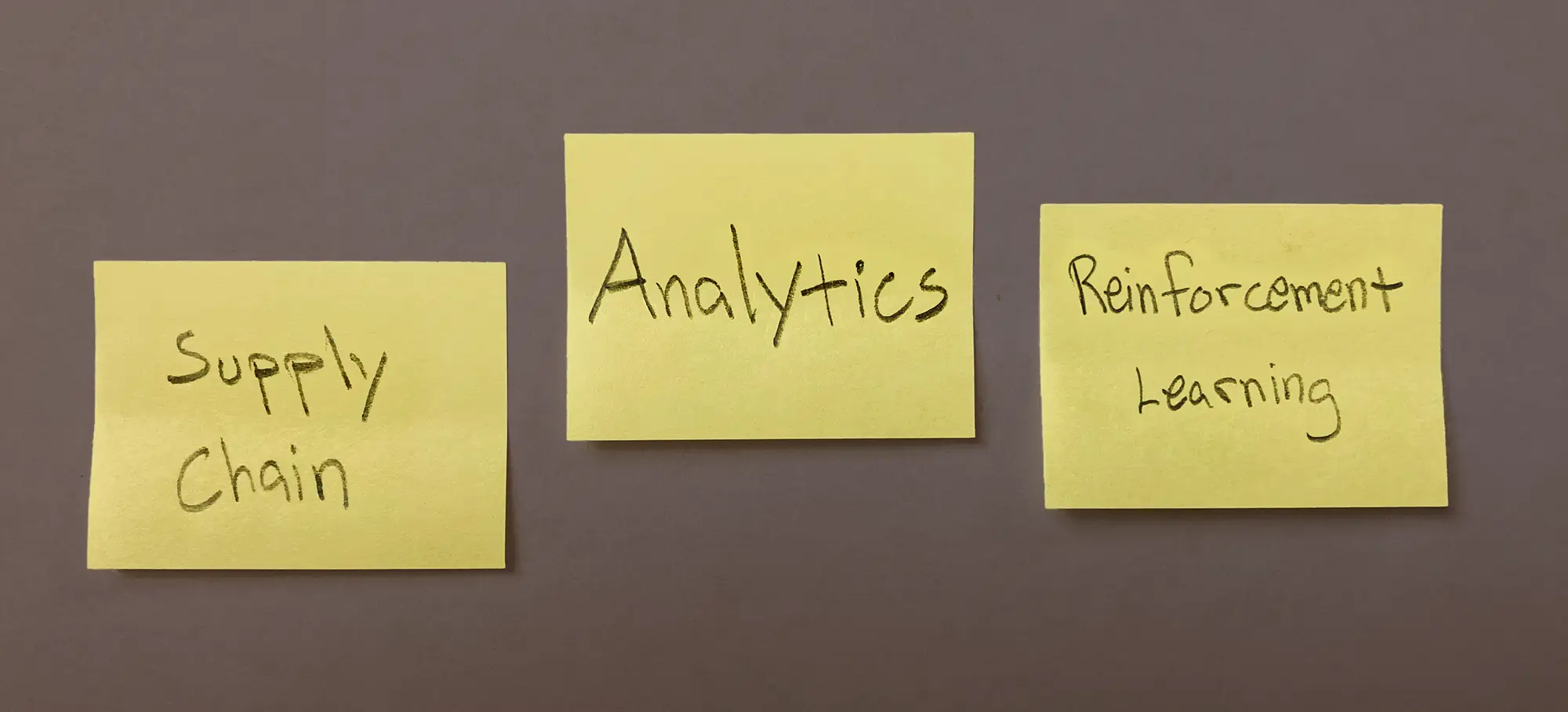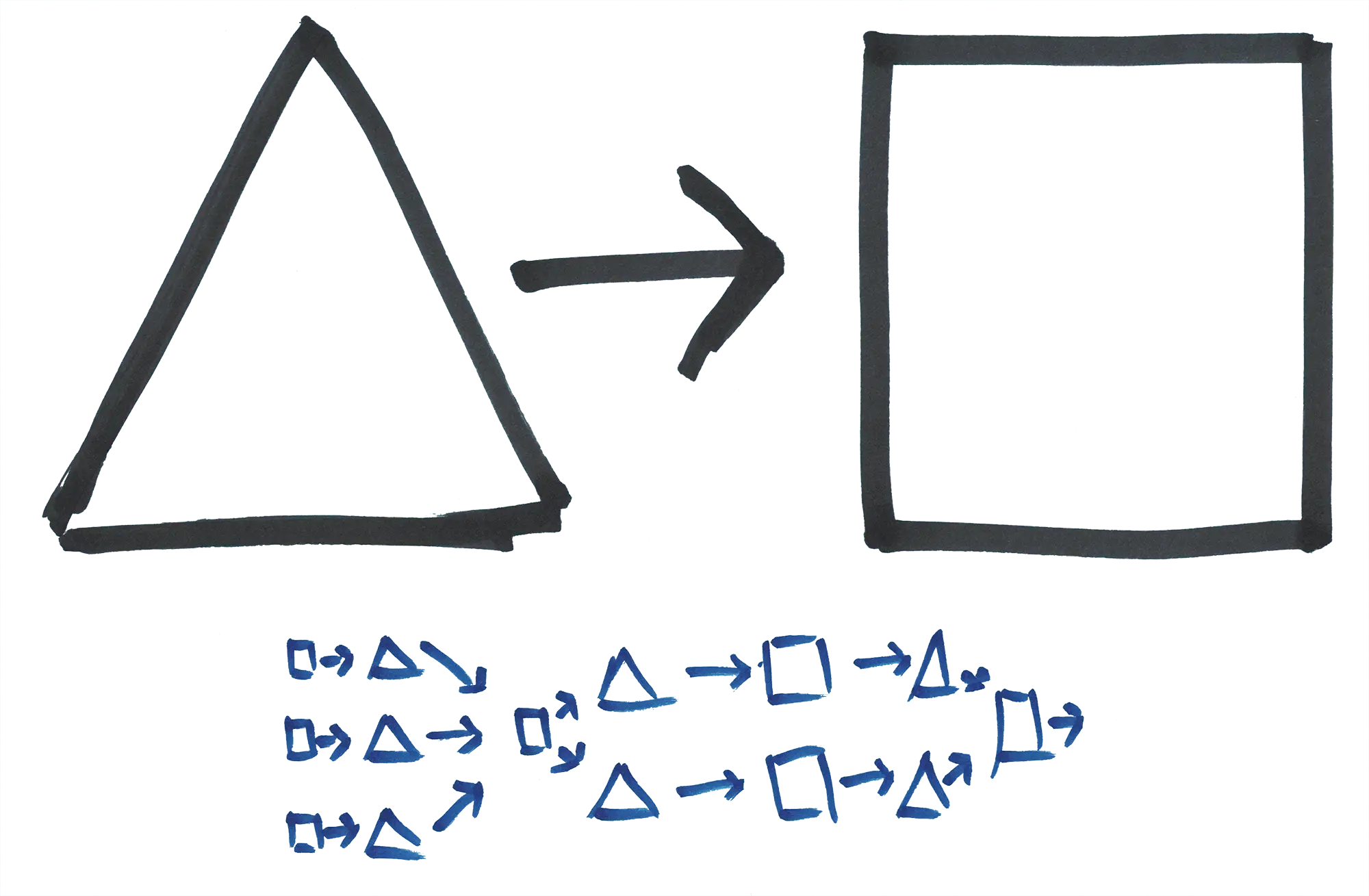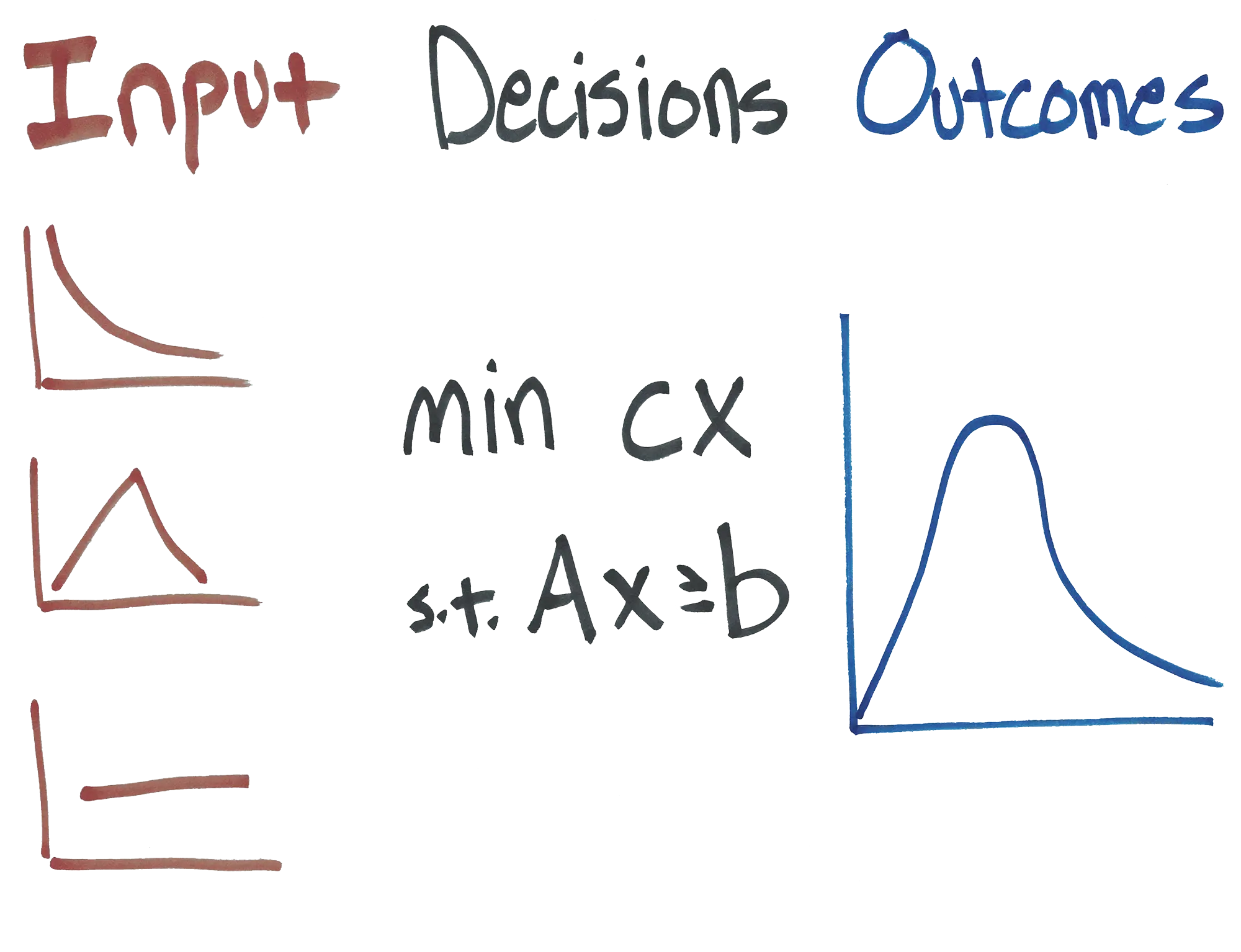Overview
Many students arrive in quantitative classrooms convinced that mathematics is out of reach. I believe the opposite: with the right approach, every student can experience the insight and excitement that quantitative analysis makes possible. Quantitative education should be available to everybody, regardless of background. In my classroom, complex concepts are made clear, and symbols and equations never obscure understanding. I put ideas into plain terms that spark curiosity and insight.




